GBC History
GBC was born when 83 Baltimore-based businessmen met for dinner at the Elkridge Club on January 5, 1955 to create an action-oriented organization of business leaders to visualize ways to meet the Baltimore Region’s competitive challenges and apply private-sector influence and resources to accomplish key initiatives.
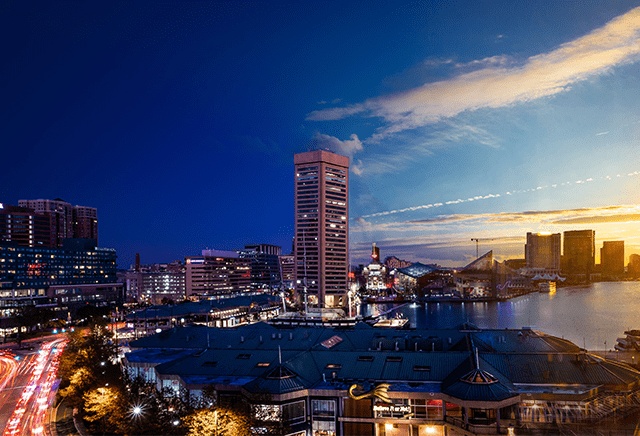
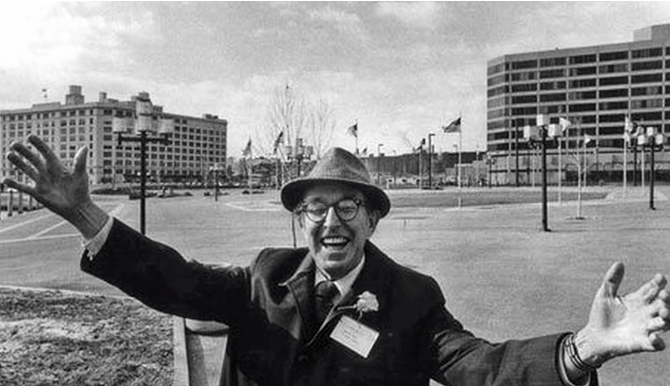
Formation
In 1952 Frances H. Morton, who headed the Citizens Planning and Housing Association (CPHA), met with a young mortgage banker, James W. Rouse, and discussed the growing challenges Baltimore faced – a decaying central city, outmoded land use, declining property values and tax revenue. That meeting prompted CPHA to hold a daylong conference on solving the serious issues facing Baltimore. After the conference, Rouse and a handful of young entrepreneurs and business executives continued to meet informally to come up with a way to coordinate business action to improve Baltimore’s economic climate and quality of life. The GBC would be formed out of these meetings, under the auspices of taking “prompt and aggressive action towards the solution of many of the city’s most pressing problems.”
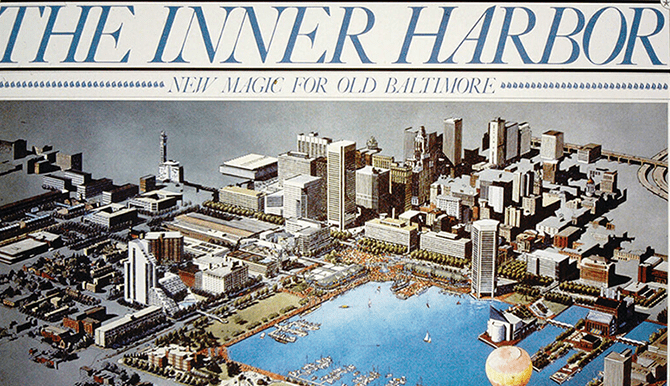
Late 1950s and 1960s
The GBC worked on many substantial issues during its early years, including construction of the Jones Falls Expressway, development of Friendship Airport, construction of the Baltimore Civic Center, and creation of the Maryland Transit Authority. But two hallmark projects were spawned by the GBC in its first 15 years that changed the face of Baltimore – Charles Center and the Inner Harbor redevelopment. In 1964, David Wallace, a renowned architect who had worked with the GBC’s planning committee on the Charles Center project, produced a plan for a 30-year, $260 million effort to redevelop the harbor’s edge. Four years later, the U.S. Department of Housing and Urban Development (HUD) released a $22.4 million federal grant for Phase 1 of the Inner Harbor project and renovation of the Inner Harbor area began in earnest.
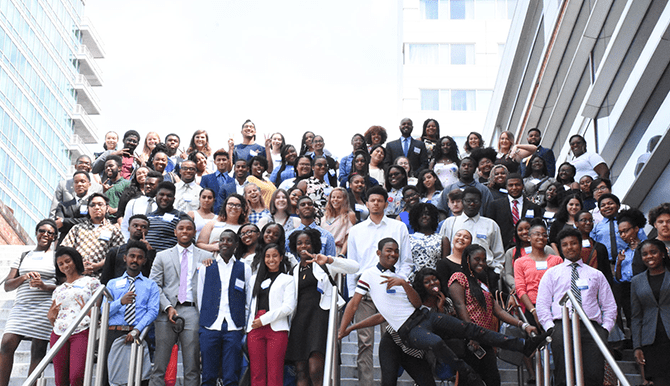
1970s and 1980s
In the 1970s and 1980s, GBC turned its attention to “quality of life” issues, including education, housing, minority business development, regionalism, and cultivating the next generation of leaders for Greater Baltimore. In public education, GBC found a contributory role for the business community, recognizing that quality public education was a process fundamental to Baltimore’s progress in all other areas of community life. In 1978, the Chamber of Commerce of Metropolitan Baltimore merged with the GBC. This merger provided the area with a single, private-sector voice concerned with the problems and issues facing Baltimore City and its five surrounding jurisdictions – Anne Arundel, Baltimore, Carroll, Harford and Howard counties. In 1988, GBC teamed with Baltimoreans United in Leadership Development to create the CollegeBound Foundation, whose mission is to help low-income Baltimore City students attend college.

1990s and 2000s
Throughout the 1990s, the GBC would continue to play a key role in shaping funding and management reforms for Baltimore City Public Schools. In 1996, a peer institution would be founded that would play an equally important role in shaping the economic future of the Baltimore region: the Economic Alliance of Greater Baltimore (EAGB). Led by a partnership of regional business executives, elected government officials and leaders from higher education, the EAGB focused on marketing the region’s most valuable assets across the life sciences, healthcare, financial services, information technology, and defense sectors. This focus dovetailed with the work of GBC, which began its work to redefine Baltimore’s economic future to include a major emphasis on technology industries – particularly biotech. In the early 2000s, strengthening the region’s biosciences sector would emerge as one of GBC’s top priorities.
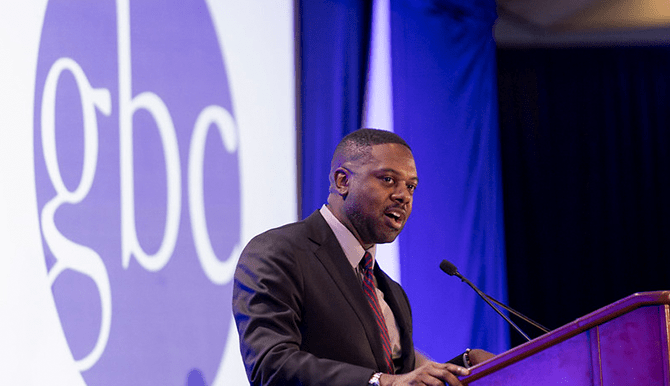
Present Day
At its annual meeting on May 25, 2022, GBC members formally approved a merger with the Economic Alliance of Greater Baltimore. The merger brought together two regional organizations to create a singular vision for how to thrive in a competitive global economic landscape and address critical challenges facing the communities the organizations served. Area leaders would go on to launch a national search for the newly merged entity’s next president and chief executive officer. In December 2022, the newly reconstituted organization selected Mark Anthony Thomas as GBC President & CEO. In selecting Thomas, Mary Ann Scully, who chaired GBC’s CEO Search Committee noted that the “committee was impressed with Thomas’ consistent commitment to collaborative leadership that moved every economy that he touched forward in both growth and inclusion.”
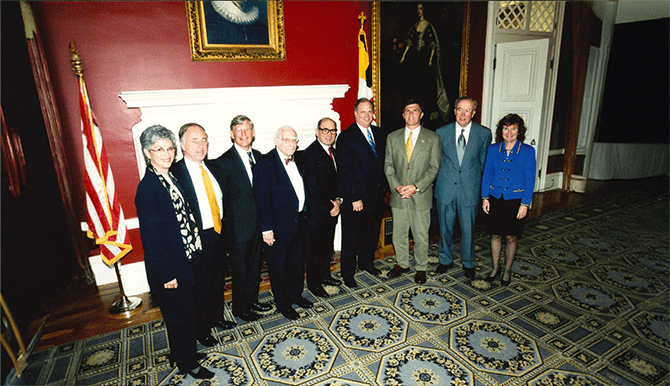
Past GBC Leadership
- Donald C. Fry, President – 2002-2022
- Donald P. Hutchinson, President – 1993-2002
- Walter Sondheim Jr., Interim President – 1993
- Robert Keller, Executive Director – 1982-1993
- William Boucher, Executive Director – 1956-1981
